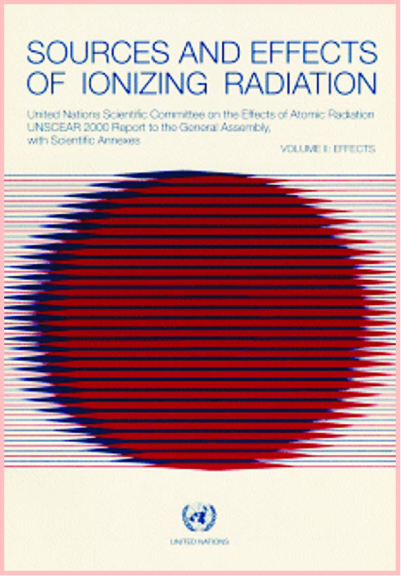Radiation Assessment at Risk
DOI: 10.1063/1.1522162
For nearly half a century, the United Nations Scientific Committee on the Effects of Atomic Radiation has been an influential resource on radiation sources and their effects on human health and the environment. But if its budget is not resuscitated, UNSCEAR’s data compilation and evaluation activities will grind to a halt.
UNSCEAR’s budget, $674 000 for the two-year period 2002–03, is roughly half of what it was a decade ago. Because of the crunch, UNSCEAR cancelled its annual meeting this spring and will instead meet just once, in January, during the current two-year budget period. But hardest hit is the portion of UNSCEAR’s budget that covers travel and honoraria for outside consultants: 10 years ago, it was $180 000; by 2000–01, it had shrunk to $52 000; and for 2002–03, it was further chopped in half. “We can’t run on that,” says Norman Gentner, scientific secretary for UNSCEAR, which is based in Vienna, Austria, and has 21 member countries. “[The consultants] are world-level people. They get a pittance. It’s become impossible to function.”
UNSCEAR assembles experts who comb through and analyze the literature on such topics as the health effects of the Chernobyl accident, non-cancer mortality from ionizing radiation, and the risks associated with radiation-based medical procedures. Their work forms the core of the tomes the committee puts out every few years. The International Atomic Energy Agency, the International Commission on Radiological Protection, and other international and national bodies use data from UNSCEAR in setting safety standards and making policies, says the committee’s chair, Joyce Lipsztein, a radiation protection scientist at Brazil’s National Atomic Energy Commission. “UNSCEAR is not biased. It’s just scientific, not political. That’s why it’s so valuable.”
The squeeze on UNSCEAR’s budget is part of a broader belt-tightening at the UN, Gentner says. UNSCEAR was especially vulnerable because during the last negotiating phase, which took place before Gentner came on board, it was without a leader. The committee comes under the umbrella of the UN Environment Programme, and UNSCEAR members and others describe the UNEP–UNSCEAR relationship in terms ranging from “neutral” to “benign neglect” to “a divorce would help.” Last year, the UN complimented UNSCEAR’s work and directed UNEP “to continue providing support for the effective conduct of the work of the Scientific Committee and for the dissemination of its findings to the General Assembly, the scientific community and the public.” But, says Lipsztein, “that hasn’t happened.”
More than neglect is at work, says Poland’s representative to UNSCEAR, Zbigniew Jaworowski of the Central Laboratory for Radiological Protection in Warsaw. “UNSCEAR dared in 2000 to state that practically no adverse radiation effects were observed among the post-Soviet population exposed to Chernobyl radiation, and that no genetic effects have been observed in the children of Hiroshima and Nagasaki survivors. As a result, UNSCEAR’s activities have been all but stopped, and there are real prospects that UNSCEAR could disappear,” he says.
While politicians may not always like UNSCEAR’s conclusions, says Lipsztein, “among scientists, they are not controversial.” At a General Assembly this month, Brazil’s mission to the UN will try to bring attention to UNSCEAR’s plight. “Without the appropriate funding, UNSCEAR cannot continue,” says Lipsztein. For countries around the world, she adds, “that would be like not buying insurance.”

UNSCEAR’s reports on the sources and effects of ionizing radiation come out every few years.

More about the Authors
Toni Feder. American Center for Physics, One Physics Ellipse, College Park, Maryland 20740-3842, US . tfeder@aip.org
